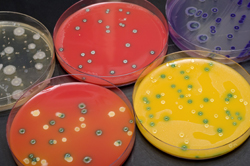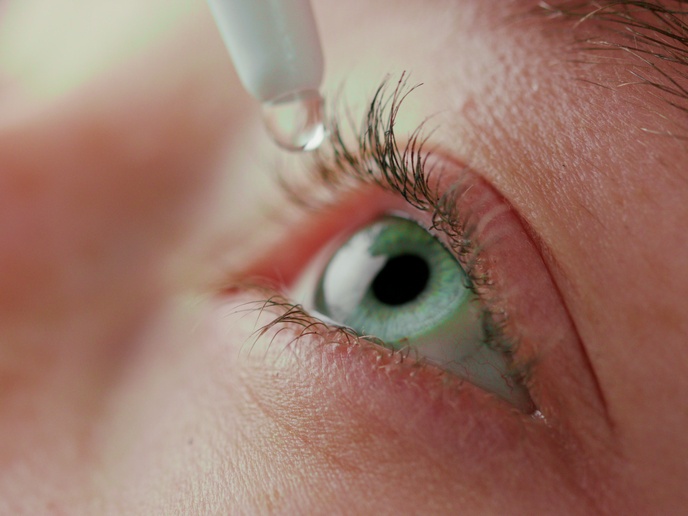Visualising bacterial infection
Listeria monocytogenes is a pathogenic bacterium causing Listeriosis, a potentially fatal infection that mainly affects immune-weakened people including pregnant women and their foetuses. This bacteria lives in cells and spreads to neighbouring cells by modifying the actin cytoskeleton of the host cells. The EU-funded two-year 'Cytoskeleton architecture in host cells during Listeria infection using cryo-electron tomography' ((3DCELLART)) project studied the changes in the host cells' cytoskeletal structure in detail during Listeria infection.Cryo-electron tomography (cryo-ET) enables the visualisation of the architecture of live cells at a resolution better than 5 nm. This technology was used to visualise the cytoskeleton reorganisation in the cells infected by Listeria. Measurements have been performed at cryo-temperatures on cell samples preserved in a close-to-life state.The quantitative analysis of the supramolecular architecture revealed the existence of bundles of nearly parallel hexagonally packed filaments with spacing of 12 to 13 nm. Similar configurations were observed in the actin stress fibres and filopodia. This suggests that nanoscopic bundles are a generic feature of actin filament assemblies involved in motility, as they provide the necessary stiffness. This common feature of actin filament architecture has important implications for the mechanism of force generation. Results have been published in a high-impact journal. The project constitutes a breakthrough in the field of bacterial infectious diseases. It provides unprecedented cryo-ET data on eukaryotic cells infected with a pathogenic bacterium. Research outcomes may provide novel molecular targets for development of innovative antibiotics.







